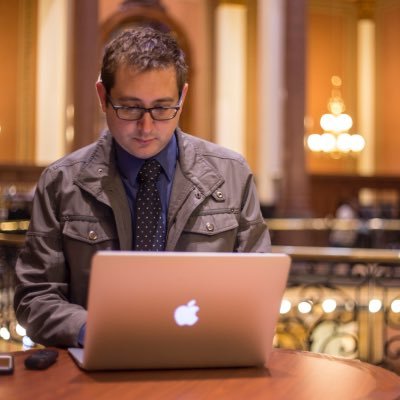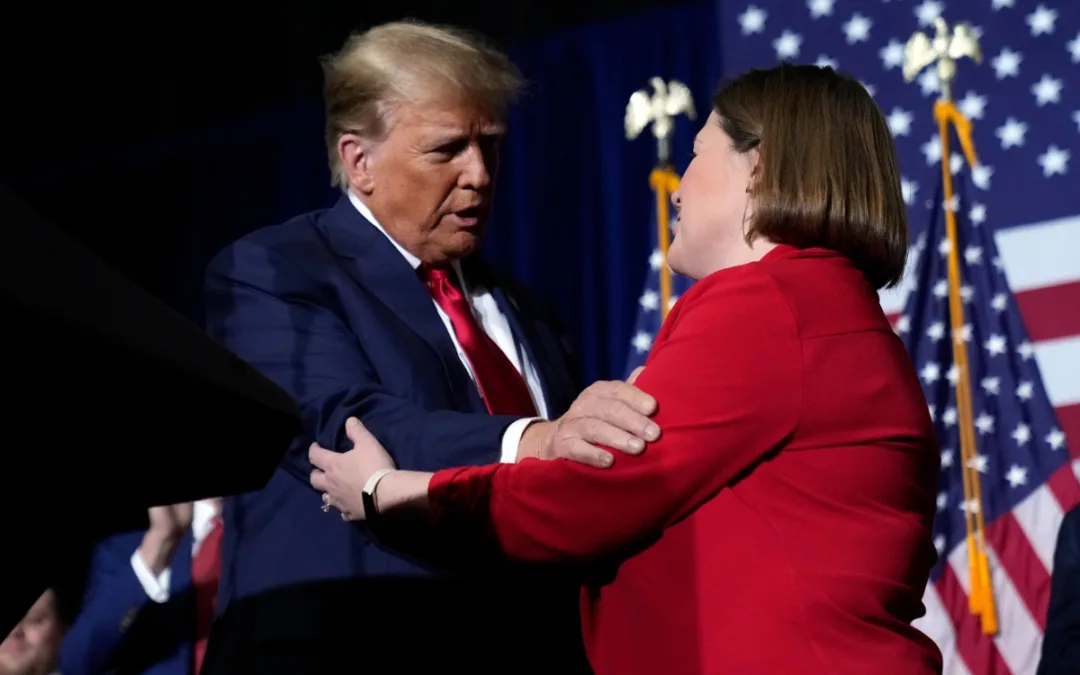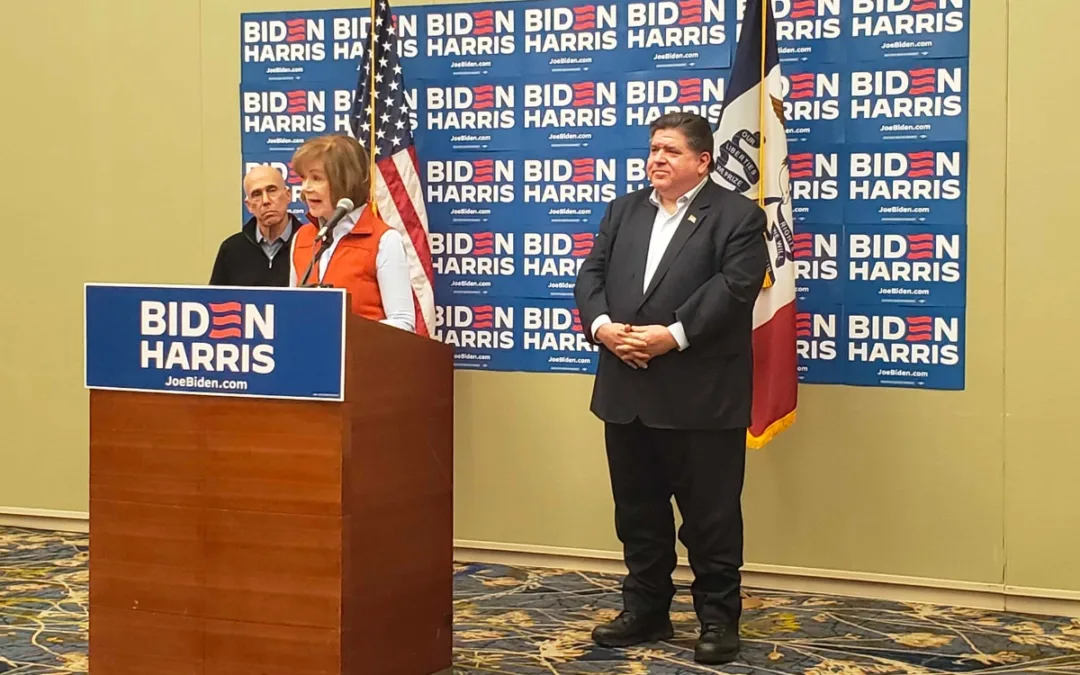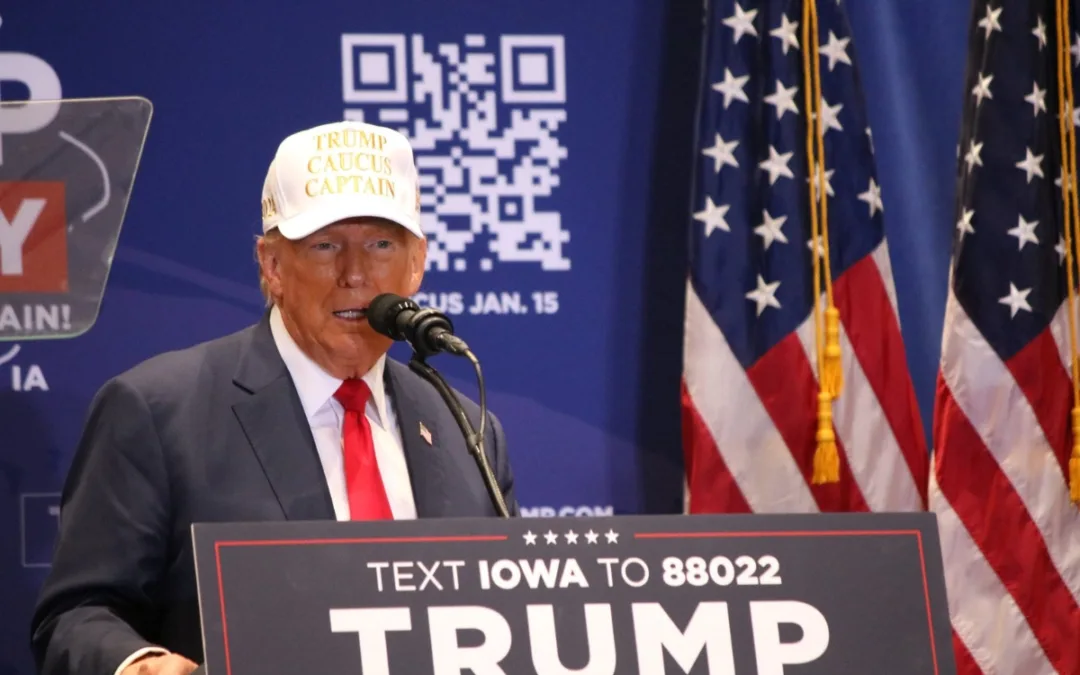
Two weekends ago, Cedar Rapids held its second major multi-presidential candidate in as many months.
The national press swarmed the streets of Iowa’s second-largest city, over a thousand Democratic caucus-goers braved the overwhelming heat and candidates themselves tried out the vibrant NewBo culinary scene.
That day, 11 candidates seeking the White House attended. A month prior, 19 Democratic contenders packed the Double Tree Hotel downtown for a state party fundraiser.
In the time between, Democrats have lined up to talk climate change solutions in Cedar Rapids with State Senator Rob Hogg.
It’s all been scenes from a city on the rise both economically and politically in Iowa over the past several years. And with a new generation of leaders working their way up in Linn County, their clout in statewide politics is primed to expand significantly soon enough.
For a state whose Democratic politics often seem to be completely dominated by Des Moines, it’s likely a welcome change for Eastern Iowans.
“Cedar Rapids was the perfect fit for the new Corn Feed location because they have such an engaged, progressive community there, and there’s a great downtown venue,” Progress Iowa Executive Director Matt Sinovic said of their recent annual event. “It was a natural choice for us.”
[inline-ad id=”0″]
The shift for one of Iowa’s main, annual progressive events to move to Cedar Rapids this year turned out to be a great success. In years’ past, the Corn Feed had largely drawn only the political professional crowd of Des Moines and the most engaged Polk County activists. The turnout this year was about four times larger, brought in people from across the region and had a much different feel to the crowd – more rank-and-file Democrats instead of just the activists.
It was also fun. Candidates perused the NewBo shops and restaurants ahead of time, and attendees ordered up local craft beers while they ducked out of the hot afternoon sun. For many state and national reporters that this journalist spoke to, it was their first time to NewBo, and they were impressed. It was just as much a showcase of what Cedar Rapids has to offer as it was a chance to see the candidates.
For Cedar Rapids Mayor Brad Hart, that’s exactly what they’re trying to accomplish.
“It has a different vibe, and in some ways that feeling is spreading,” Hart told Starting Line recently of NewBo. “Other places want to be like that.”
A blue-collar, manufacturing-heavy city of about 132,000 people (Linn County overall is just under a quarter million), Cedar Rapids has been developing the kind of vibrant, creative, younger neighborhoods and districts that most large American cities have over the past decade. The NewBo neighborhood, which rose from the washed-out mess of the 2008 flood, rivals Des Moines’ East Village in shops and activities.
“The 2008 flood was a turning point for Cedar Rapids,” Hart, who was elected in 2017, explained. “And because we have hotels and restaurants and bike trails and the largest park system in the state, because we have all those things, I think people like to come to Cedar Rapids to see those candidates.”
And Cedar Rapids may start fielding more high-profile candidates of their own for major state races in the coming cycles.
It has been a noticeable problem for Democrats in Iowa that so many of their statewide candidates come from the Des Moines metro. In 2018, four of six gubernatorial candidates hailed from Des Moines. Every single one of the eventual nominees for the statewide Democratic ticket that year, save for Rita Hart, came from Polk County. In this year’s Senate primary, all three Democrats either live or work in Des Moines.
But to start building up leadership from outside the capitol city, you need a bench. And Cedar Rapids is starting to develop one.
Local government here saw a big turnover in 2017, with Democrats like Ashley Vanorny, Dale Todd and Tyler Olson joining the city council.
“We had five new members when I was elected, we have younger people,” Mayor Hart said. “It’s not incredibly diverse, but it’s the most diverse it’s ever been, and I think that’s a good sign.”
“I think we’re cognizant of the need to develop some new leadership,” Councilmember Dale Todd explained to Starting Line. “It’s still a blue-collar town, but we’ve had strong leadership 15 years ago, and I think there’s an acknowledgement on our part to get a new wave in place. It’s happened slowly, it’s organic, but I’m impressed with some of the talent we have out there.”
People like Olson, a former state representative and one-time candidate for governor, have been around before, but many are happy to see him return to electoral politics. Vanorny, 34, is part of a younger cohort emerging in Linn County.
“We are getting engaged, paying attention and investing in our future by asking relevant questions of candidates, holding current office holders accountable and running for office ourselves to shape the future,” Vanorny said. “I would continue to depend on this rising participation of my fellow Millennials who have long been discounted in their voices.”
Linn County Supervisor Stacey Walker is making a name for himself statewide, and he’s been discussed as a potential Senate candidate this year or in the future. State Representative Liz Bennett’s profile has grown as she speaks at rallies and conferences around the state. And many local activists name Supervisor Ben Rogers as one to keep an eye on. First elected back in 2008 at age 28, Rogers has been a leader on mental health and disabilities issues.
Of course, one problem candidates outside Des Moines often face is not having a strong local fundraising base. Linn County’s Phoenix Club has been proactively developing more Democratic donors in the region. They’ve hosted seven presidential candidates already this year and younger members have stepped up lately to fill leadership roles in the group.
There’s also opportunities for new leaders in the next election cycle to flip critically important seats in the Iowa House, just as Molly Donahue did last year. Eric Gjerde is making another run at the Hiawatha/Marion-based suburban HD 67 seat. With Ashley Hinson vacating it for a congressional run, Gjerde’s race will likely be the top target for a Democratic pick-up. And Christian Andrews may run again in the rural Linn County HD 95.
But before those days come, the presidential candidates will continue to target this key county for their caucus-night hopes. For those campaigns looking to turn out a younger, more diverse electorate in the caucus, it offers up plenty of opportunities.
“Not only is the council more diverse, this community is much more diverse,” Mayor Hart said. “If you look at people age 24 and younger, the minority population is like 26%. The Latino, Hispanic population is growing. We have a large population of African nationals. And the Czech heritage we have. People see this as a welcoming community. I gotta believe the campaigns are looking at that information too, and seeing this is a very diverse and dynamic city, especially for Iowa.”
There’s also just plenty for the candidates to learn while in town. State Senator Hogg has hosted eight candidates for climate change discussions, pointing to the city’s historic floods as real-life examples of the pressing challenges.
The city is also becoming a useful example for affordable housing issues, a topic that’s quickly rising in prominence in the presidential field.
Before the flood, there was no real downtown housing options. Now, over a thousand units of town homes, apartments and lofts dot either side of the Cedar River.
“We continue to incentivize that, and it’s happening,” Hart said. “We also just talked with our housing folks about Section 8 housing, making sure it isn’t all in crappy neighborhoods. It makes perfect sense, there’s studies out there that kids who grow up in more stable neighborhoods have such a better opportunity to advance, because their neighbors pay attention to them, they’re out and they meet more people. We generally get recognition for how high a percentage of our Section 8 housing that’s not in areas in poverty. It’s like 96%.”
Lessons learned from the city may make their way into campaign’s policy plans – or the future platforms of Iowa candidates from there. Either way, Iowa’s second-largest city is positioning itself well to play an even larger role in state politics in the years to come.
by Pat Rynard
Posted 7/28/19
Politics
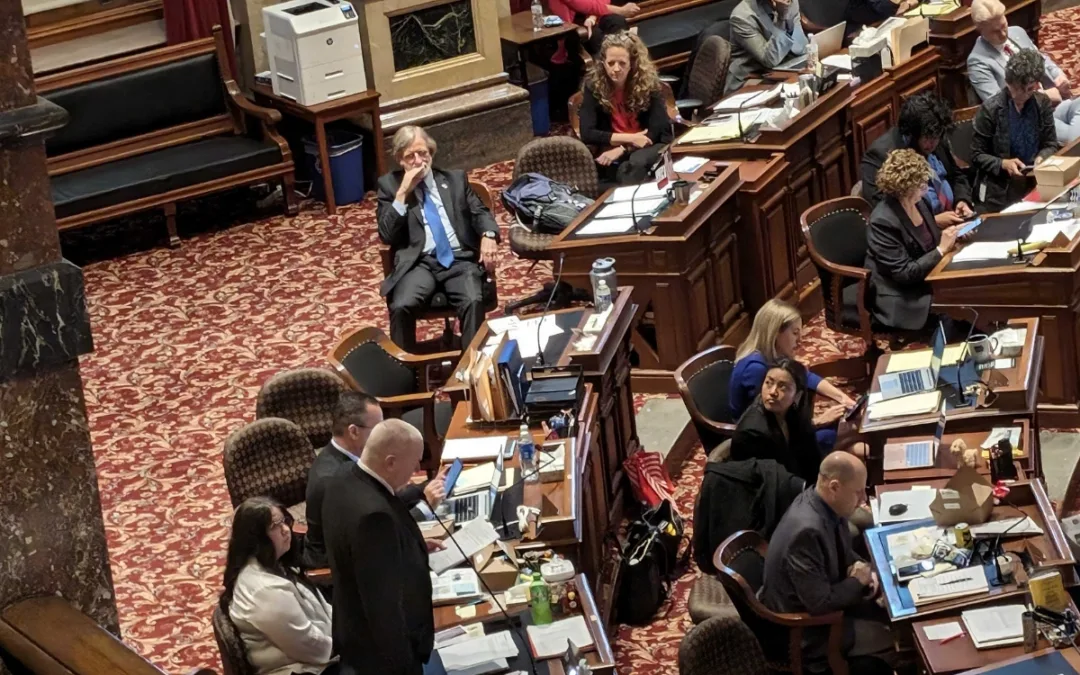
AEAs cutting workers in wake of Republican legislation
Iowa legislators said a new bill cutting money for agencies that help students with disabilities wouldn't affect services. But area education...
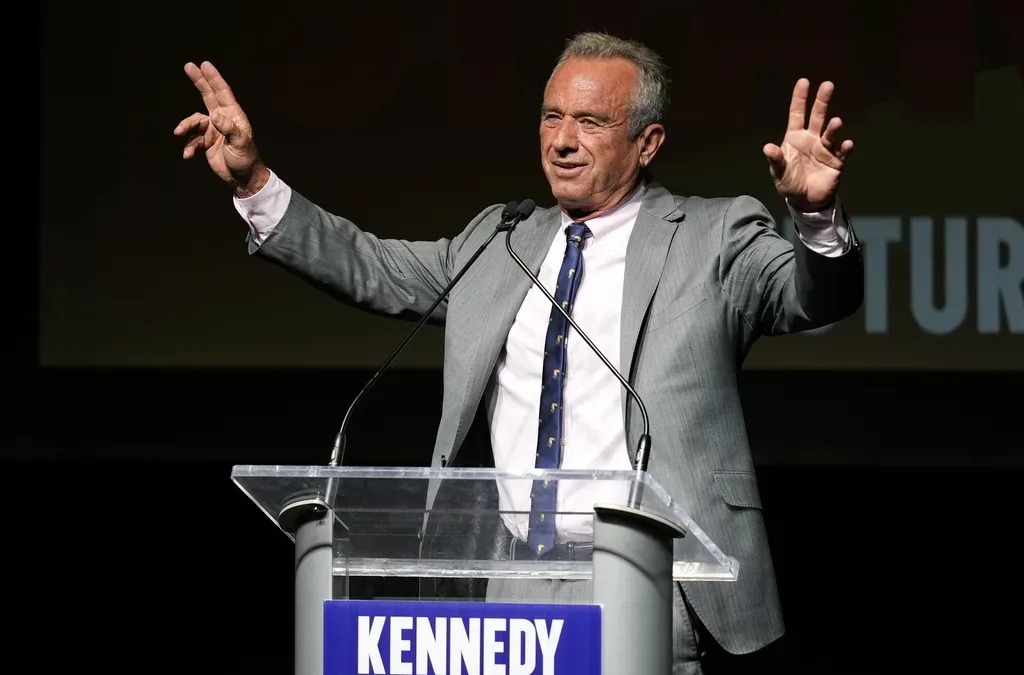
He said what? 10 things to know about RFK Jr.
The Kennedy family has long been considered “Democratic royalty.” But Robert F. Kennedy, Jr.—son of Robert F. Kennedy, who was assassinated while...
Local News

No more Kum & Go? New owner Maverik of Utah retiring famous brand
Will Kum & Go have come and gone by next year? One new report claims that's the plan by the store's new owners. The Iowa-based convenience store...

Here’s a recap of the biggest headlines Iowa celebs made In 2023
For these famous Iowans, 2023 was a year of controversy, career highlights, and full-circle moments. Here’s how 2023 went for the following Iowans:...

